Electrical discharge machining , or EDM for short, is a highly accurate machining process during which sparks, or electrical discharges, shape a workpiece by removing material. Read More…
XACT Wire EDM Corp. is one of the largest and most experienced Wire EDM Companies in the country. Our Wire EDM manufacturing capabilities include a large number of high-end machines with two locations offering advanced CMM and video inspection. We work with a wide variety of customers in the medical, defense, aerospace, automation, robotics industries as well as many companies in the metal...
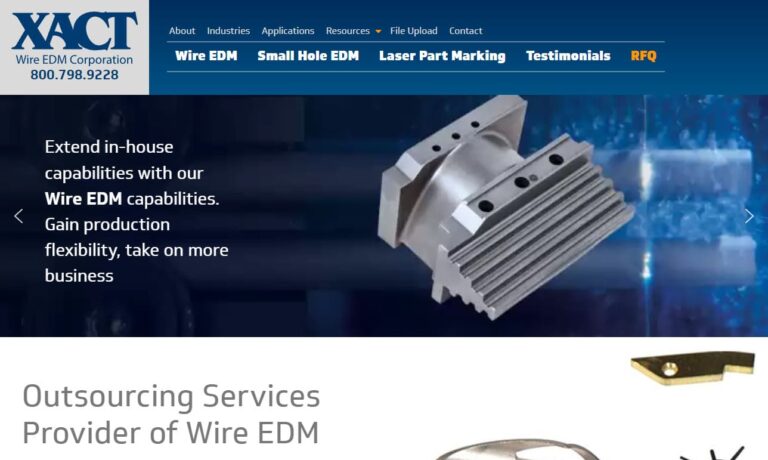
Twin City is ISO 9001:2000 certified for all simple & complex EDM services, in addition to many other services & their forte is producing difficult, complex parts through their state-of-the-art equipment & highly skilled staff. TC will perform the nearly impossible & is known to give both 100% in quality & service. Our flexibility & versatility provide customers with affordable convenience.
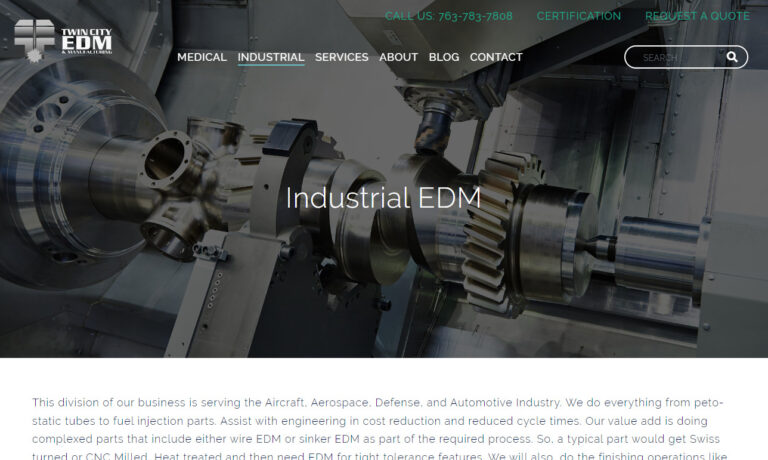
Our job shop offers electrical discharge machining (EDM). At Quad Precision Tool, our reputation of manufacturing tooling to exacting specifications is unexcelled. We machine conductible materials using wire EDM & conventional/CNC sinker EDM. We also do high speed EDM drilling & micro-hole drilling.

At Wire EDM Solutions LLC, we offer a variety of EDM services to meet our customer’s needs. We have experience serving a wide range of industries including aerospace, automotive, defense, medical, and power generation markets. Our team is dedicated to providing top quality customer service and flexible lead times at extremely competitive costs. To learn more about what we do, contact us today!
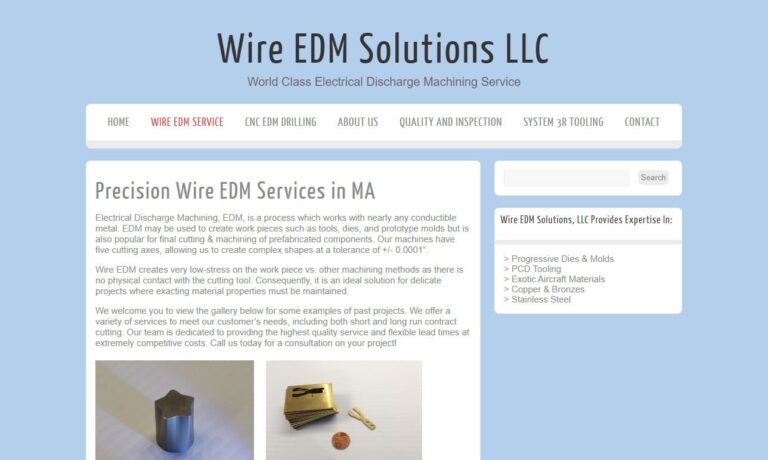
C & H Machine, with 12 late-model EDM centers and several machining centers, is a full-service job shop able to jump on your one-piece rush while maintaining your high-quantity production schedule. C & H Machine offers wires, sinkers and drilling, along with milling, turning and welding.

More EDM Companies
Applications of EDM
Electrical discharge machining (EDM) is widely used across numerous industries due to its capability to produce precise and intricate components. In the aerospace sector, EDM is employed to create critical engine and aircraft parts with tight tolerances and complex geometries, such as turbine blades and fuel nozzles. The automotive industry also benefits from EDM for producing molds and dies for automotive parts, facilitating the mass production of detailed components like gears, transmission parts, and engine components.
In the defense industry, EDM is utilized to manufacture specialized components for military vehicles, weapons systems, and aircraft, ensuring accuracy and reliability in mission-critical applications. The extrusion industry leverages EDM to produce molds for plastic and metal extrusion, enabling the creation of various profiles and shapes used in construction, transportation, and industrial applications.
In the electronics industry, EDM is crucial for creating precise molds for semiconductor packaging and manufacturing microelectromechanical systems (MEMS) and small-scale electronic components. The food and beverage industry benefits from EDM in the production of molds for chocolate and confectionery, allowing for intricate and attractive designs on final products.
In the medical field, EDM is extensively used to manufacture surgical tools, implants, and dental components with high precision, leading to better patient outcomes and improved medical procedures. Additionally, the stamping industry relies on EDM to produce dies for sheet metal stamping, enabling the mass production of complex and accurate parts used in various applications, from household appliances to industrial equipment.
Overall, electrical discharge machining plays a crucial role across a wide range of industries, enabling the production of complex and high-precision components essential for advancing technology, improving manufacturing processes, and enhancing product performance in various sectors.
History
In 1770, Joseph Priestley discovered that electrical discharge could cause erosion, a phenomenon now known as electro-discharge erosion.
Nearly 200 years later, Soviet researchers N.I. Lazarenko and B.R. Butinzky made significant advancements in EDM (electrical discharge machining) technology. While conducting other research, they found that immersing electrodes in dielectric fluid allowed them to control the sparking-induced erosion of tungsten electrical contacts. (Electrodes are conductive materials through which electricity passes.) Inspired by this discovery, they developed a machine using electrodes and dielectric fluid to work with tungsten and other difficult materials. They called it the resistor-capacitor circuit (RC circuit) type machine, or R-C-type machine, which uses RC circuits to charge electrodes.
Around the same time in the United States, a team of American scientists developed another EDM machine using electrodes. Their technology effectively removed broken taps and drills from aluminum castings. These machines featured strong sparking units, automatic spark repetition, an electromagnetic interrupter arrangement, and fluid replacement, achieving up to 60 sparks per second.
Years later, scientists improved the design by incorporating vacuum tube circuits, enabling EDM machines to produce thousands of sparks per second and rapidly create die-cuts.
During the 1960s, engineers in the United States and the Soviet Union competed to develop wire-cut EDM machinery, which uses a wire as a tool electrode to create hardened steel die tools.
In 1967, the Soviets introduced the first commercially viable numerically controlled (NC) wire-cut EDM machine, a precursor to computer numerical control (CNC). In 1974, an American team led by David H. Dulebohn developed the first wire-cut EDM machine with CNC technology for plotting lines. Two years later, Dulebohn improved this design with the first fully CNC-controlled wire-cut EDM machine.
In the 1970s, engineers and scientists began investigating how and why EDM works. Frans Van Dijck, in his 1973 PhD thesis, attempted to explain EDM using mathematical models, though he acknowledged many assumptions without empirical evidence. In 1989, students at Texas A&M University further studied the process, presenting evidence that EDM works through thermal processing.
While the exact mechanism of EDM is still not definitively understood, the technology has advanced significantly. Modern EDM allows manufacturers to create highly accurate cuts, intricate surface markings, and finishes on various materials, at speeds early developers could only imagine. Efforts continue to prevent the easy erosion of graphite electrodes, ensuring EDM’s importance in producing intricate designs and cuts essential for successful electronics.
Process Components and Details
Electrical discharge machining (EDM) tools and equipment are composed of several essential components, including the electrode, wire or shaped tool, and the power source, all collaborating to execute the EDM process.
The electrode, a vital part of the EDM setup, can be made of graphite or copper and serves as the tool that shapes the workpiece. During the process, the electrode contacts the workpiece, causing an electric discharge between them. This discharge generates tiny sparks that create localized melting on the workpiece’s surface, resulting in material removal. The electrode’s shape and size determine the final shape and dimensions of the machined feature.
The power source generates the electrical discharge between the electrode and the workpiece. It provides high-frequency pulses of electricity to create the spark that causes material removal. The power source controls various parameters, such as pulse duration, current, and voltage, which influence the material removal rate, surface finish, and accuracy of the machining process.
During the EDM process, the electrode, whether a solid tool or a wire, is guided by CNC (Computer Numerical Control) systems. The CNC system interprets the part’s CAD/CAM data and generates the appropriate toolpaths for the electrode to follow, ensuring precision and accuracy in the machining process.
All these components work together in EDM to achieve precise and intricate material removal. The power source provides the necessary electrical energy to create the sparks that erode the workpiece material. The electrode, whether a shaped tool or a wire, is carefully controlled and guided by the CNC system to ensure the desired shape is accurately machined on the workpiece. By adjusting various parameters such as electrode material, power settings, and CNC toolpaths, manufacturers can achieve high-quality results in electrical discharge machining for a wide range of applications across various industries.
Process Components and Details
Before starting the EDM process, design and material selection are crucial factors. The component’s design must account for EDM capabilities and limitations, such as electrode accessibility and minimum feature sizes. Material selection is vital since some materials, like conductive metals, are more suitable for EDM than others. Additionally, the workpiece’s shape, size, and fixturing need to be considered to ensure stability and accuracy during machining.
During the EDM process, factors such as electrode material choice, toolpath strategy, and flushing conditions are critical. The electrode material must match the workpiece material to achieve desired results without excessive wear. The toolpath strategy, which determines the electrode’s path during machining, affects surface finish, accuracy, and process efficiency. Proper flushing is essential to remove debris and maintain a stable spark gap, ensuring consistent material removal.
After the EDM process, inspection and post-processing are significant. Inspection verifies that machined components meet required specifications and tolerances. Post-processing operations like deburring, cleaning, and heat treatment may be needed to remove sharp edges, residual materials, or improve the component’s mechanical properties.
Throughout the entire EDM process, factors such as machining parameters, power settings, and electrode wear must be monitored and adjusted as necessary. Controlling spark parameters like pulse duration and current influences material removal rates and surface finish. Monitoring electrode wear is crucial for maintaining dimensional accuracy and replacing worn electrodes when necessary. Additionally, proper maintenance and care of the EDM machine are essential for consistent and reliable performance.
Overall, a comprehensive understanding of material properties, appropriate machining parameters, electrode selection, and diligent monitoring throughout the process are vital to achieving successful and high-quality electrical discharge machining results.
Variations and Similar Processes
Manufacturers use various methods to perform EDM (Electrical Discharge Machining), including conventional EDM (sinker EDM), wire EDM, small hole EDM, fast hole drilling EDM, and micro EDM.
Conventional EDM, also known as ram EDM, sinker EDM, or plunge EDM, is the oldest and one of the most widely used forms of electrical discharge machining. It is ideal for creating complex geometries. This method utilizes an electrode, typically made of machined graphite or sometimes copper, which plunges or sinks into the metal to create intricate 3D shapes, holes, and patterns.
Wire EDM, also known as wire erosion, is another main type of electrical discharge machining. This process is efficient for cutting shapes into individual parts and entire assemblies and can also create recast layers. Unlike conventional EDM, wire EDM uses a conductive wire, such as brass, to transmit sparks to the workpiece. The wire, fed from a spool through the workpiece and clamped on both ends by CNC-controlled diamond guides, cuts the metal based on the movement of the CNC-operated arms.
Before wire EDM machining can occur, the part often undergoes small hole EDM. This method involves creating holes and perforations to feed the wire through the part. It serves as an alternative to pre-drilling. Small hole EDM is commonly used to pass wires through components like jet engines, turbine blades, spinnerets (tools for extruding polymers into synthetic fibers), and fuel system parts.
Fast hole drilling EDM is used to rapidly create small, deep holes in a workpiece. It can cut an inch-deep, accurate hole in about one minute using a rotating tube electrode that sprays a high-pressure dielectric fluid jet. This method is popular in aerospace and energy-related drilling applications.
Micro EDM, also known as μ EDM (with μ representing microns), is used for machining extreme precision parts. It creates erosions on a nanoscale level and is suitable for cutting and tooling parts requiring exceptional accuracy. Micro EDM is commonly used for manufacturing sensitive medical tools, optical tools, and apertures.
Overseeing EDM
In the United States, the electrical discharge machining (EDM) process and its equipment are governed by various regulations and standards to ensure safety, environmental compliance, and quality control. There isn’t a specific federal agency dedicated solely to overseeing EDM equipment or the process itself. Instead, EDM equipment falls under broader regulations and standards applicable to machine tools and manufacturing processes.
For example, the Occupational Safety and Health Administration (OSHA), a federal agency under the Department of Labor, is responsible for ensuring safe and healthy working conditions in the workplace. OSHA sets general machine guarding requirements and safety guidelines that apply to EDM machines to protect operators and workers from potential hazards.
Similarly, the National Institute for Occupational Safety and Health (NIOSH), another federal agency, conducts research and provides recommendations to prevent work-related injuries and illnesses. While NIOSH does not specifically focus on EDM, its guidelines and research can be relevant to improving safety and health in EDM facilities.
In addition, there are industry-specific standards and certifications that EDM equipment manufacturers and users may voluntarily follow. For example, the American National Standards Institute (ANSI) publishes standards related to machine tool safety and performance, which can be applicable to EDM machines.
Furthermore, individual states may have their own regulations and environmental standards related to manufacturing processes, including EDM, which companies operating in those states must comply with.
It is essential for manufacturers and users of EDM equipment to stay informed about relevant regulations, standards, and best practices to ensure compliance with safety, environmental, and quality requirements while operating electrical discharge machinery in the United States.
Benefits
Electrical discharge machining (EDM) offers numerous benefits to both manufacturers and customers. Firstly, EDM produces parts with highly precise markings, angles, and cuts. It is capable of machining even the smallest components or fine lines. The complex shapes achievable with EDM tooling would be difficult or impossible to produce with traditional methods. Additionally, EDM machines can accurately cut even the hardest metals without the need for preheating, which saves manufacturers both time and money.
Unlike many other machining methods, EDM does not rely on impact or abrasion. In fact, the EDM tool never makes physical contact with the part being machined. This non-contact approach prevents deformation, heat damage, and imperfections such as burrs. Moreover, EDM allows manufacturers to achieve excellent surface finish quality on the first attempt.
Things to Consider
Before selecting a company for electrical discharge machining (EDM) services, thorough research is essential. EDM involves intricate and precise cutting, necessitating a capable service provider. It’s crucial to ensure they possess appropriate EDM equipment, certifications, and a proven track record.
The EDM market is vast and varied online, with both reliable and less reliable providers. To streamline your selection process and secure a high-quality service, we have curated a list of trusted EDM companies and contract manufacturers. Prepare your specifications beforehand to efficiently evaluate which manufacturers best suit your needs.
Identify three or four potential EDM suppliers based on their capabilities, then initiate contact. Discuss your project requirements thoroughly with each, comparing their proposals afterward. Choose the provider that best meets your criteria and proceed with confidence.

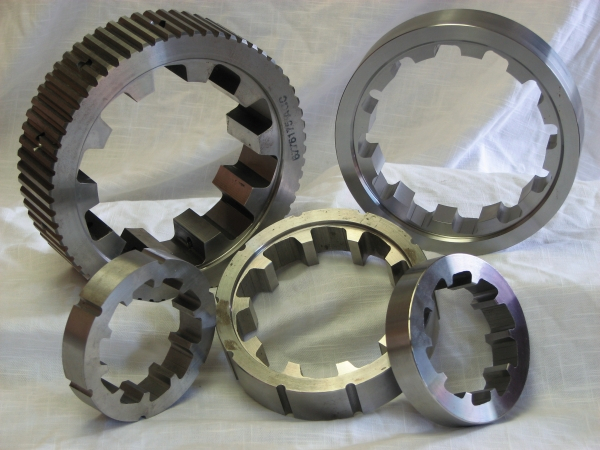
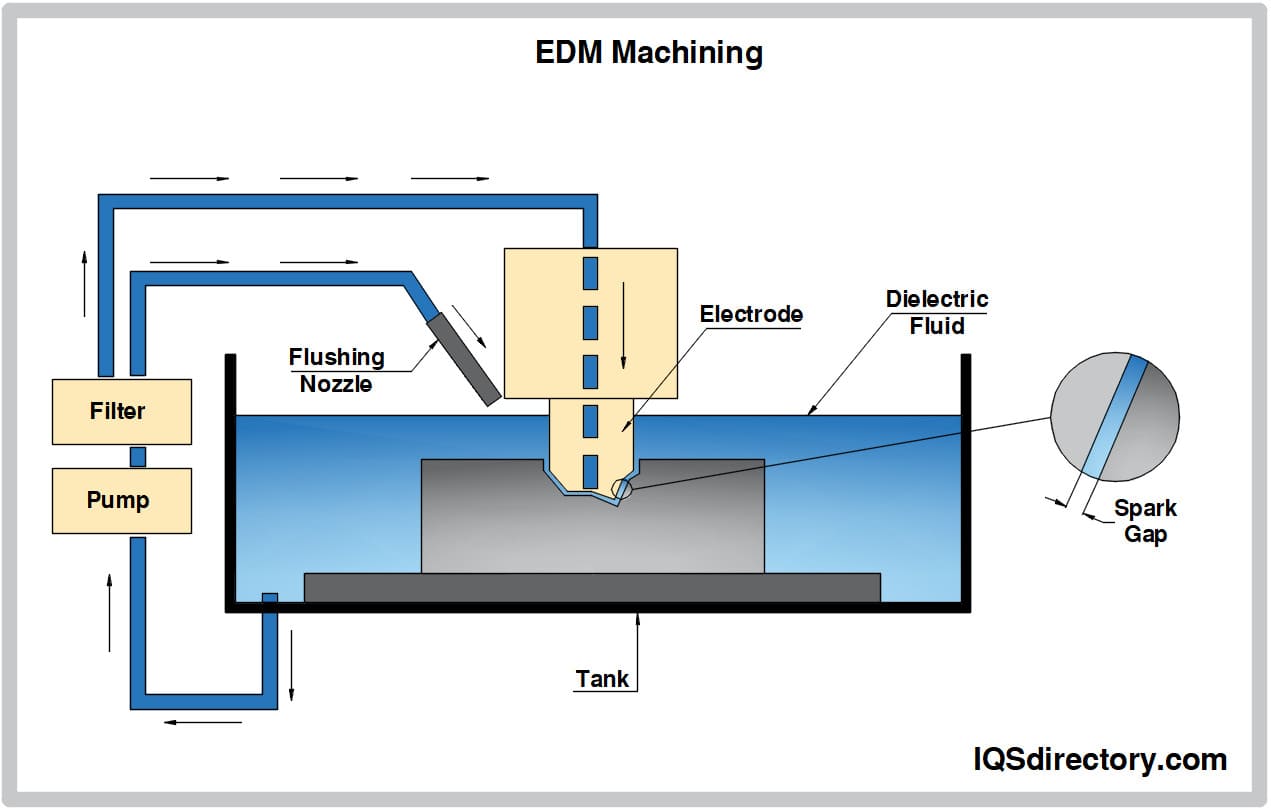
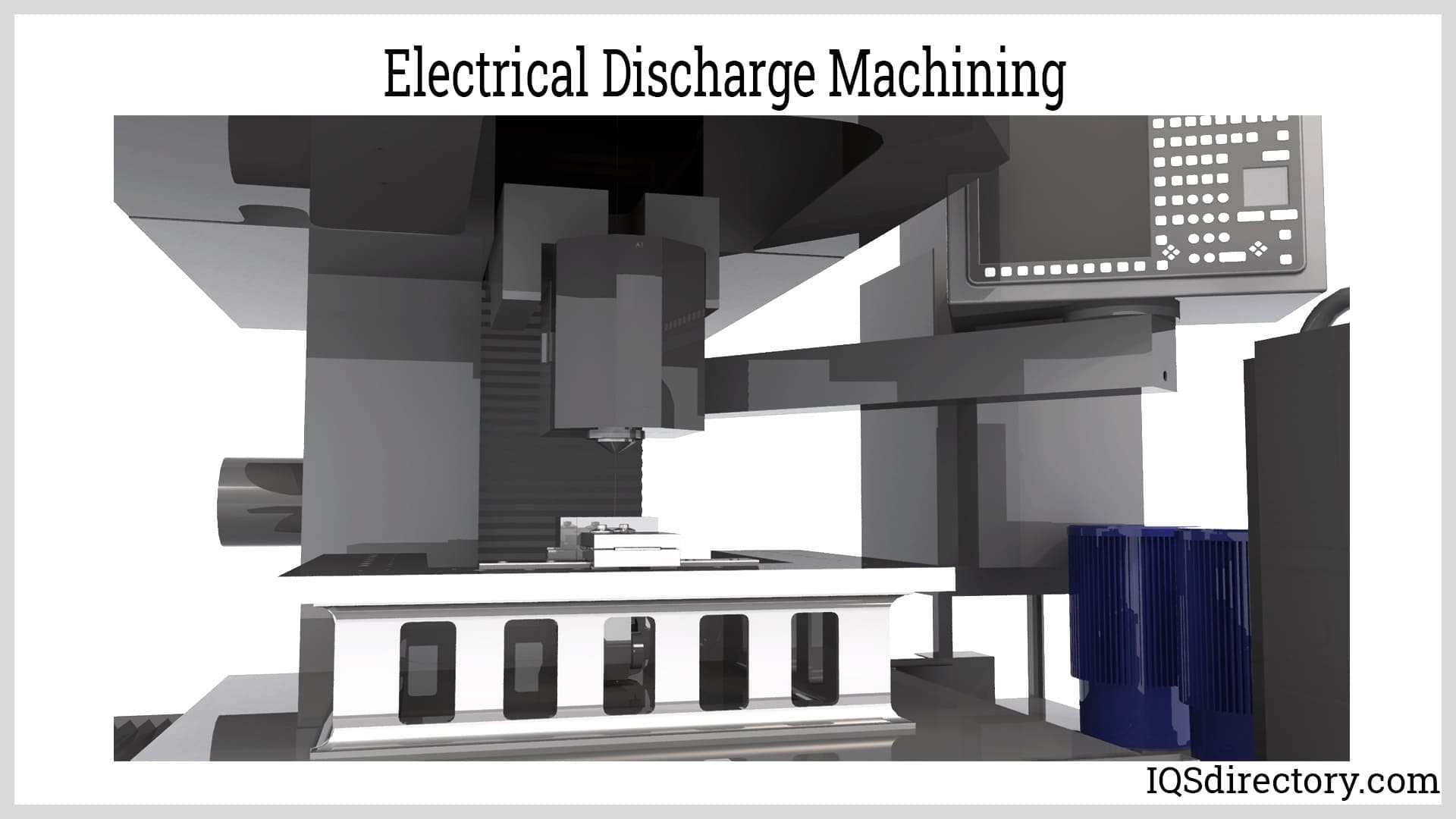
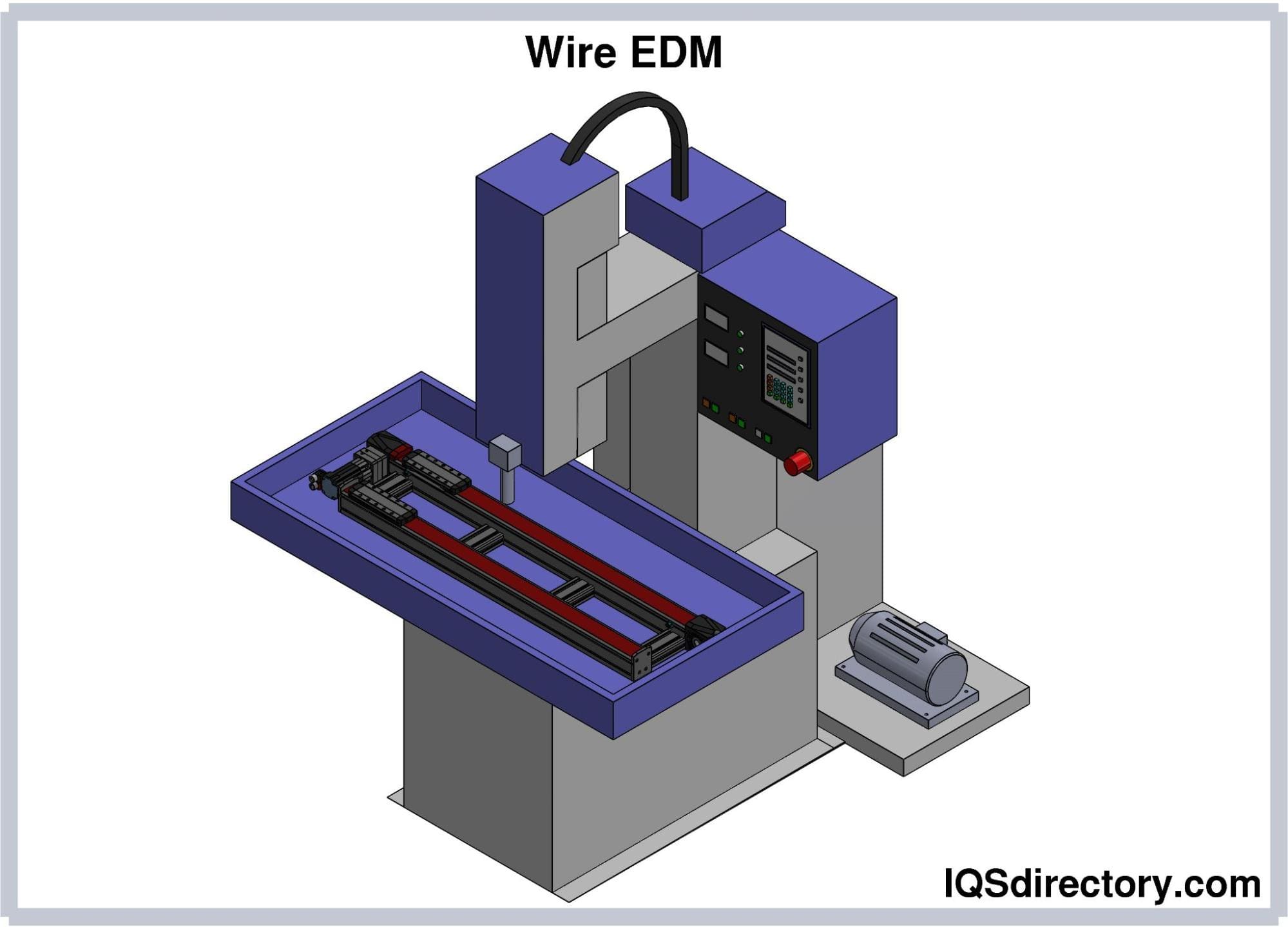
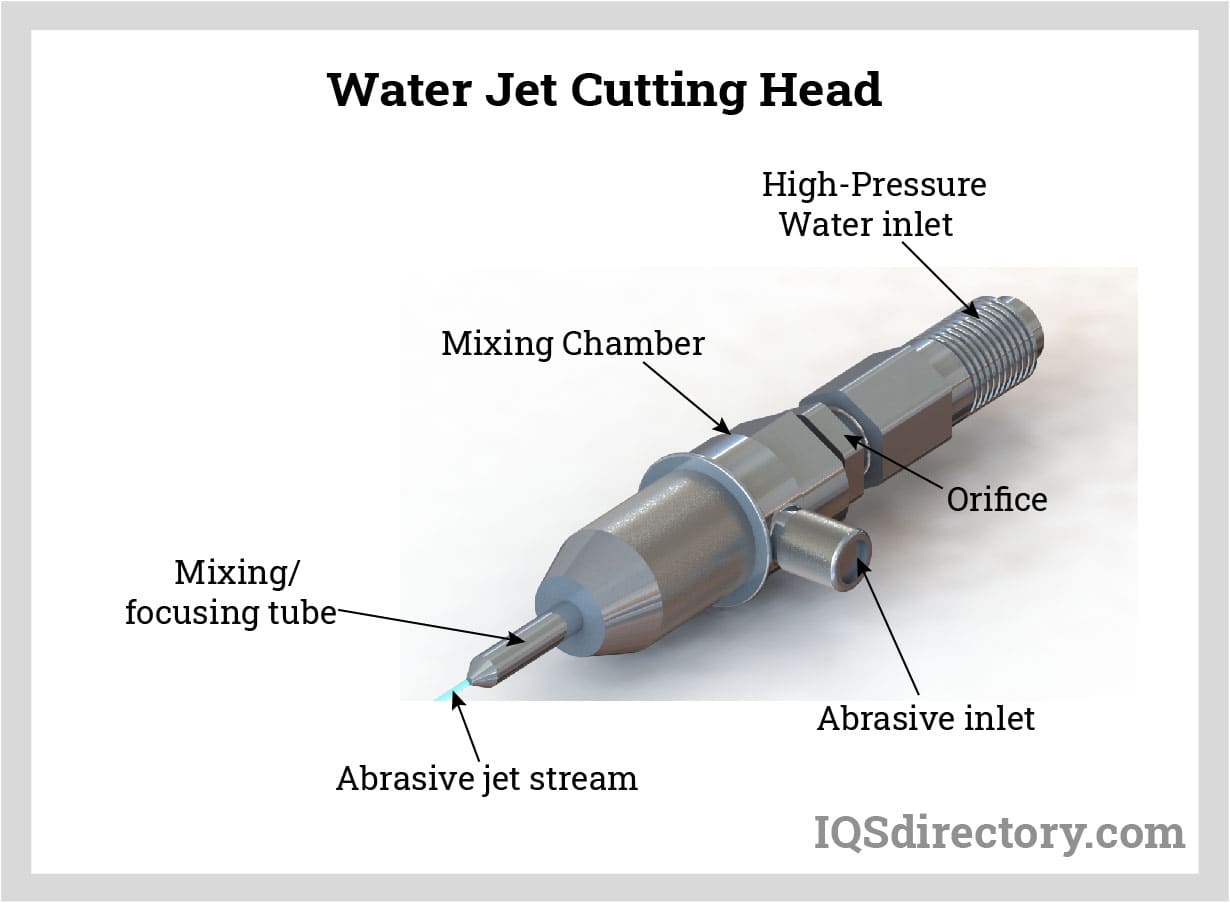
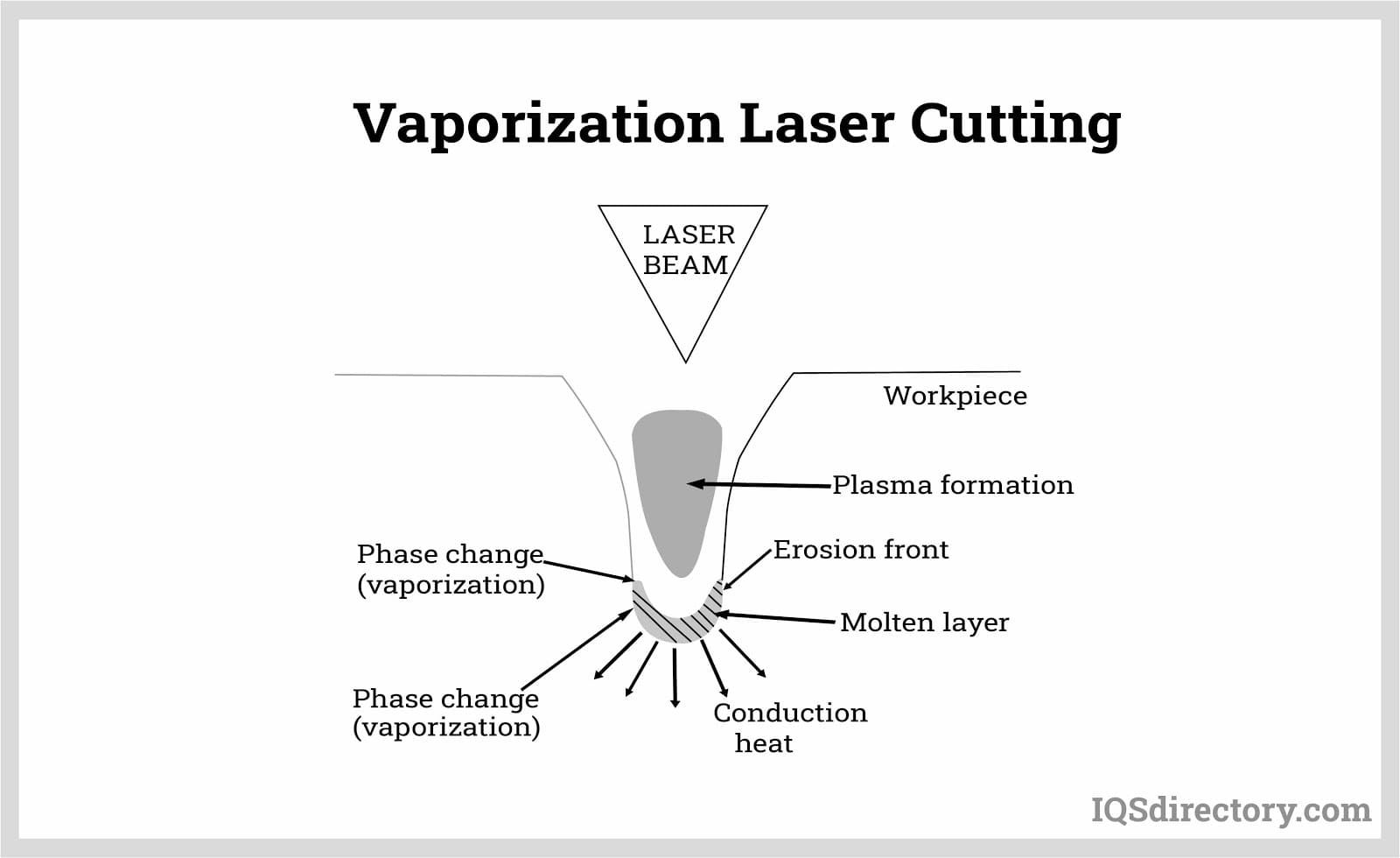
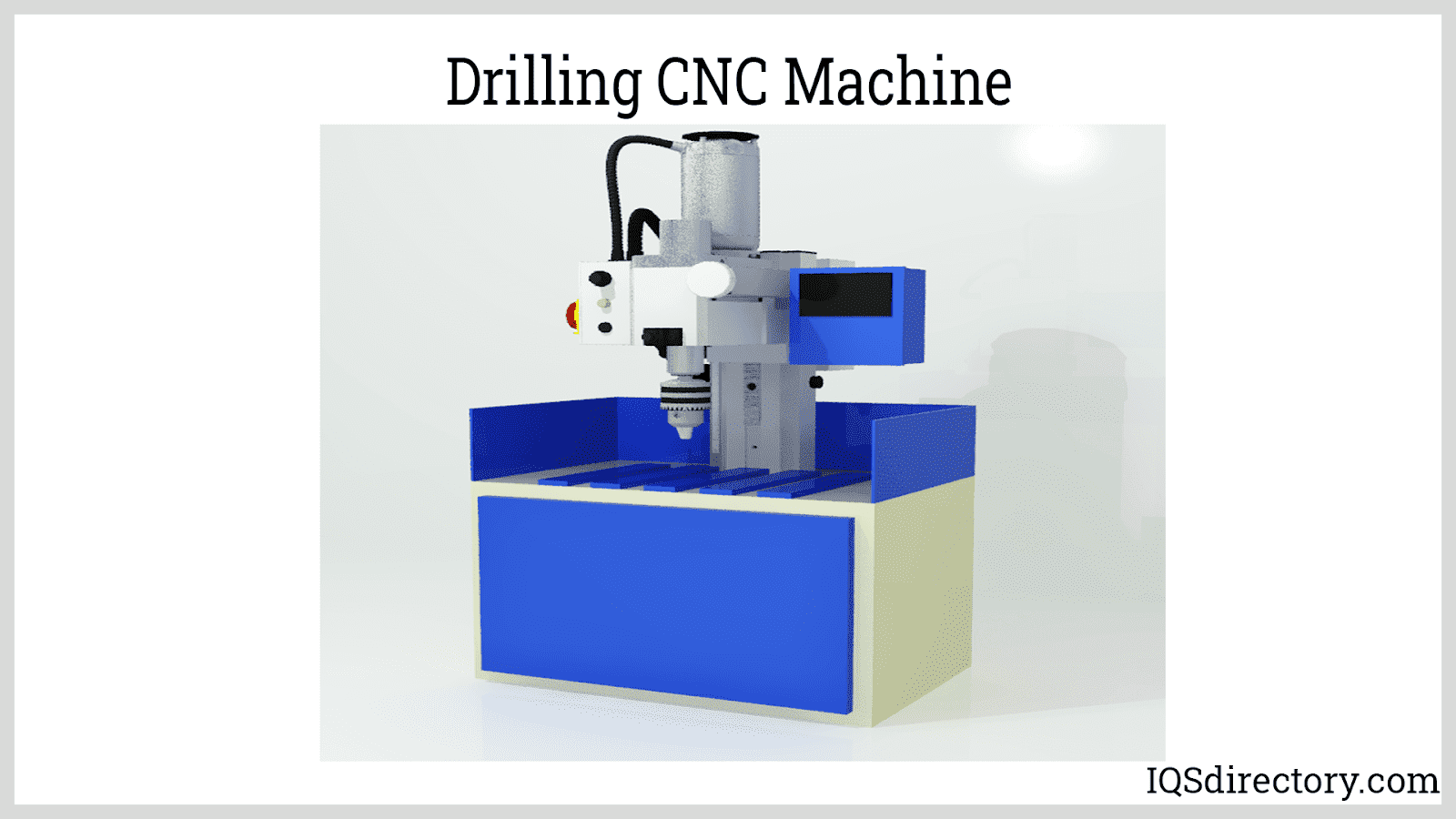
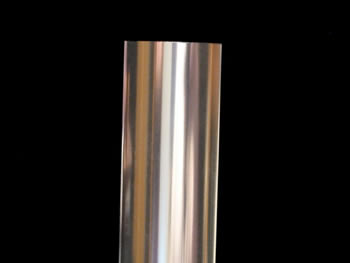 Aluminum Anodizing
Aluminum Anodizing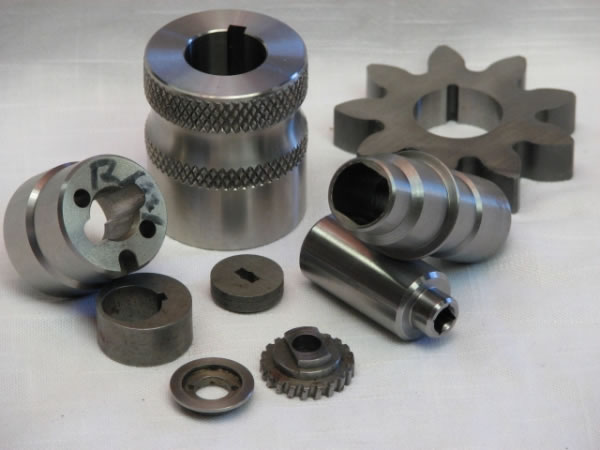 EDM
EDM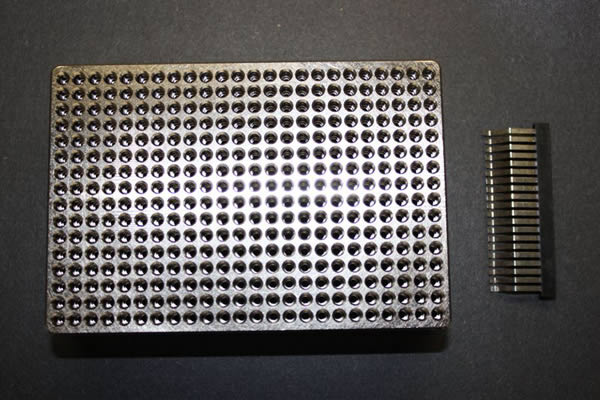 Electroless Nickel Plating
Electroless Nickel Plating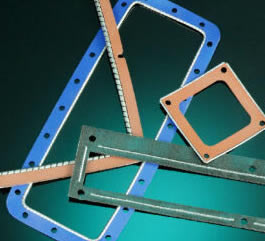 EMI Shielding
EMI Shielding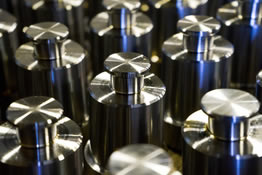 Heat Treating
Heat Treating Metal Coating Services
Metal Coating Services Castings & Forgings
Castings & Forgings Bulk Material Handling
Bulk Material Handling Electrical & Electronic Components
Electrical & Electronic Components Flow Instrumentation
Flow Instrumentation Hardware
Hardware Material Handling Equipment
Material Handling Equipment Metal Cutting Services
Metal Cutting Services Metal Forming Services
Metal Forming Services Metal Suppliers
Metal Suppliers Motion Control Products
Motion Control Products Plant & Facility Equipment
Plant & Facility Equipment Plant & Facility Supplies
Plant & Facility Supplies Plastic Molding Processes
Plastic Molding Processes Pumps & Valves
Pumps & Valves Recycling Equipment
Recycling Equipment Rubber Products & Services
Rubber Products & Services